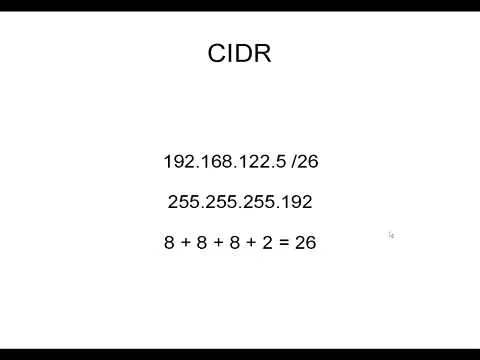Here are some steps to use open source Nagios scripts with your Orion Application Performance Monitor.
Using open source scripts are a great idea. Why? Because instead of having to spend time creating your own scripts, you can use tried and true ones that already exist. By doing this, you are essentially eliminating the trial and error that comes for writing scripts. Unless you are a script guru, open source is the way to go.
Here are some tips, especially in terms of Orions’ Application Performance Management, that will allow you to get the right scripts implemented – fast. In this case, let’s say for example purposes that we are attempting to analyze the performance of a MySQL database on a Linux server.
- Leverage Google. Search for a script that does what you need it to do, and be detailed in your query. You may be surprised by what you find since the open source community is very large and dedicated to all things Linux.
- Decide which script fits what you are trying to do and download it.
- Place the script in /usr/local/bin on the Linux server where MySQL is installed.
- Go into your Application Performance Monitor and add a new template for what you want to do. You can do this by choosing Settings – Create New Application Monitor Template.
- Name your template, and then at the bottom click Add a Component. A drop down will appear. Under Network Service / Port Monitors select Linux/Unix Script Monitor.
- Once you have added the component, don’t forget that you need to specify credentials so that the script has access.
- Remote into the server where Orion is installed. Navigate to the directory where Orion resides. Under the /APM/ directory. You will find some sample scripts. Open the Nagios script that this in this folder, and copy the contents.
- In the Orion APM software, expand out the Linux/Unix Script Monitor header and paste the text into the Script Body field.
- In the Command line field, enter in the path to the script that you are using.
- Almost there. You now can also change your thresholds in the minimum and maximum fields. Once you have done this, go ahead and click submit.
- Now you have a template that utilizes your Nagois script.
I hope that you have found these steps helpful. Go ahead and take a look at this clip called Leveraging Your Open Source Nagios Scripts, which has step by step video instructions on how to properly configure this. Don’t forget that if you aren’t currently using Orion that you can download a free thirty day trial to see if you can use it to monitor your network’s applications.






















Comments
Be the first, drop a comment!